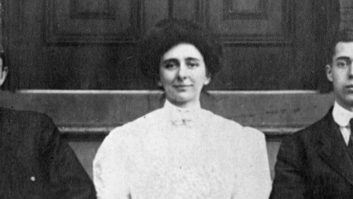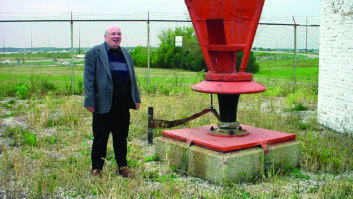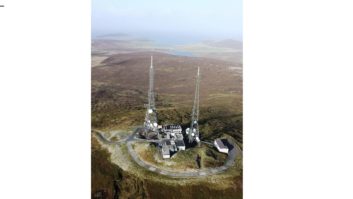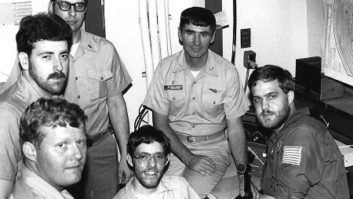Uncommon knowledge
Aug 1, 2003 12:00 PM, Chriss Scherer, editor
Think back to Dec. 21, 2000. On that day, President Clinton signed into law an appropriations bill containing a requirement that the FCC conduct an experimental program to determine whether low-power FM (LPFM) radio stations would cause harmful interference to listeners of existing full-power FM (FPFM) radio stations or FM translator stations operating on third-adjacent channels. That’s a mouthful to say, but it raised some serious issues that should have shaped the plans for former FCC Chairman William Kennard’s great experiment to bring a radio voice to the masses in the form of LPFM. Obviously, Kennard didn’t wait for the results. The study has finally been completed, and the results were publicly announced in mid-July.
The saga of LPFM is old news to broadcasters today, but to LPFM supporters, the struggle for a widespread LPFM service continues.
From the original bill, the program directed the FCC to select an independent group to conduct field tests in various markets. The field tests were to include an opportunity for the public to comment on interference, as well as independent audience listening tests to determine what is objectionable and harmful interference to the average radio listener. These tests were to be conducted in more than nine FM radio markets by waiving the minimum distance separations for third-adjacent channels for the stations. The goal was to evaluate whether minimum distance separations for third-adjacent channels are needed for FM translator and FPFM stations.
The MITRE Corporation was selected by the FCC to provide technical leadership and management by establishing and monitoring the experimental program. MITRE contracted Comsearch to conduct the field measurement and public comment data collection portions of the experiment. The FCC will present the data in the final report to Congress.
So what did the report say? It took 203 pages, but the short answer is that the amount of interference that a listener may experience depends on the type of radio he uses. It took three years to determine what most broadcasters already know. The measured results indicate the receiver least susceptible to LPFM interference was the in-vehicle receiver. Next was the home receiver, followed by the clock radio. The boombox and Walkman were the worst performers. For the most part, the less expensive the receiver, the more susceptible it is to third-adjacent channel interference.
This sounds like a win for the FPFM stations, but the details of the report state that interference to the FPFM occurred when the receiver was close to the LPFM transmitter. How close? Try 50 feet.
The question remains as to what this study proves. The answer is that it really proves nothing. The third-adjacent channel protection of a full-power station from a low-power station is not really an issue. In most cases, the FPFM signal will easily overcome the potential LPFM interference.
I tried reading some of the respondent surveys to get a better understanding of what the listeners heard. I’m not convinced that these responses add anything to the study. Most of the comments describe interference from multi-path, terrain and electro-magnetic sources. I don’t think most of the listeners could have identified the supposed source of the interference without being prompted in some way. Some respondents reported interference even when the LPFM transmitter was not in operation.
Third-adjacent protection of FPFM stations from LPFM stations is not an issue. To be honest, second-adjacent interference is probably not much of an issue either. Who will win in the end? We all know that laws and FCC rules have nothing to do with science and hard data. In the end the loudest lobbyist will prevail.
The FCC seeks public comments on the report. Comments are due by Sept. 12.
Read the entire MITRE report online through the FCC website at this link:http://gullfoss2.fcc.gov/prod/ecfs/retrieve.cgi?native_or_pdf=pdf&id_document=6514285088
Send comments to: E-mail:[email protected]
Fax:913-967-1905












